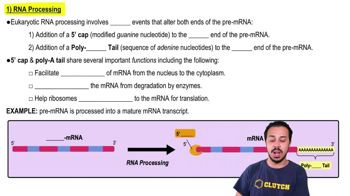A chemist, during the course of an analysis, runs across a chemical composed of carbon, hydrogen, and oxygen in the proportion 1:2:1 and having a six-sided molecular shape. It is probably:
a. A pentose
b. An amino acid
c. A fatty acid
d. A monosaccharide
e. A nucleic acid






